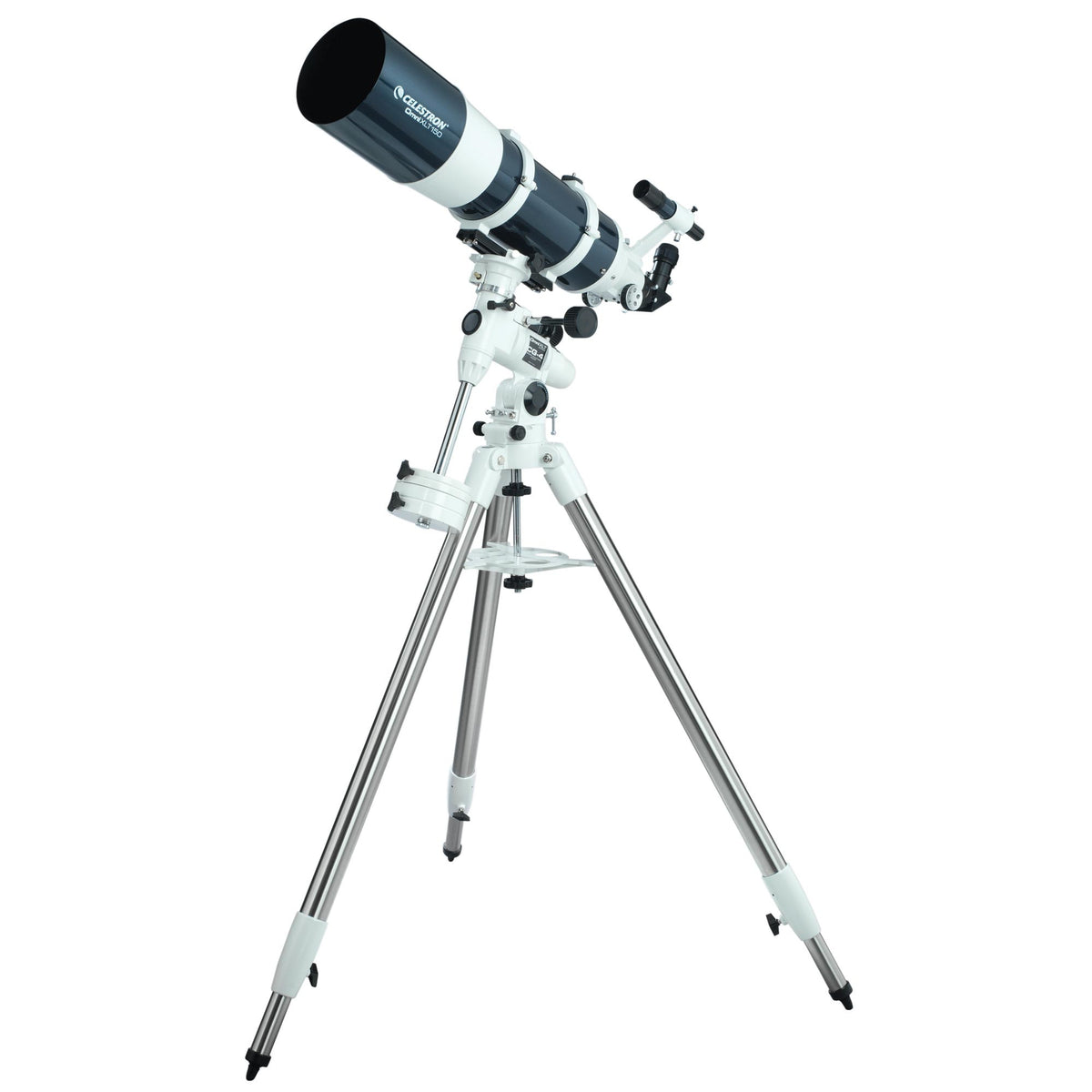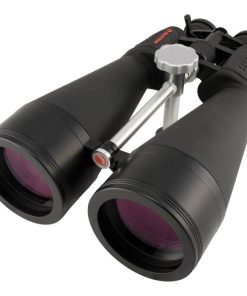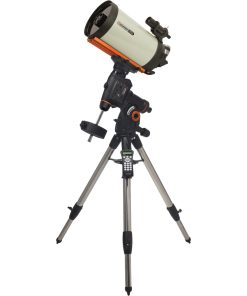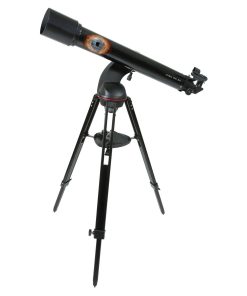Celestron Omni XLT 150R Refractor Telescope – 21094 Celestron
$ 795,95 $ 238,78
Omni XLT series features the stable platform of the CG-4 mount and high quality optics. Using aspheric shaping technology in conjunction with hand-figuring the optics the Omni XLT presents an image with virtually no spherical aberration. We also added our famous StarBright XLT coating system to further enhance light transmission.
Omni XLT 150 R General Features
- High quality optics start with each lens being hand selected so only the finest grade of optical glass is used
- StarBright XLT coatings provide maximized light transmission
- 25 mm multi-coated eyepiece – 20 mm eye relief, 50ý FOV
- CG-4 German Equatorial mount with setting circles and slow motion controls – to accurately locate and track sky objects
- Ball bearings in both axis of the mount for smooth performance
- Heavy-duty pre-assembled stainless steel tripod featuring 1.75″ legs, accessory tray and bubble level
- Easy no-tool setup
- “The Sky” Level 1 planetarium software with 10,000 object database and enhanced images
About Celestron Refractor Telescopes
Celestron’s high-quality refractor telescopes allow beginners to improve upon Galileo’s vision with a simple, reliable design that is easy to use, requires minimal maintenance, and is versatile enough for land or sky viewing. Known for viewing planetary detail and splitting close double-stars.
A refractor telescope uses a lens as the primary. The lens at the front of the telescope bends the light passing through it until it comes to a single point called the “focal plane”. The long, thin tubes of refractor telescopes look much the same as those Galileo used centuries ago. High quality optical glass and multi-coatings provide today’s sky watchers views Galileo never dreamed of.
The refractor type of telescope is very popular with individuals who want mechanical simplicity, rugged reliability and ease of use. Because the focal length is limited by the length of the tube, refractor telescopes become quite bulky and expensive beyond a four inch aperture. This limits the light gathering properties of refractor telescopes, but it is an excellent choice for beginners and those who prefer simple operation and versatility. Refractor telescopes are also a popular choice because of their unobstructed view, high contrast and good definition.
Refractor Advantages
- Easy to set-up and use
- Simple and reliable design requires little or no maintenance
- Excellent for lunar, planetary and binary star observing especially in larger apertures
- Good for terrestrial viewing
- High contrast images with no secondary mirror or diagonal obstruction
- Color correction is good in achromatic designs and excellent in apochromatic and fluorite designs
- Sealed optical tube reduces image-degrading air currents and protects optics
- Objective lens is permanently mounted and aligned
Refractor Disadvantages
- More expensive per inch of aperture than Newtonians or Catadioptrics
- Heavier, longer and bulkier than equivalent aperture Newtonians and Catadioptrics
- The cost and size factors limit the practical maximum size primary to smaller apertures
- Some color aberration in achromatic designs (doublet)
Quick Shipping and Professional Packaging
Due to our longstanding partnership with UPS FedEx DHL as well as other major international carriers, we are able to provide various shipping options. Our warehouse personnel are well trained and will be able to pack your goods in accordance with the exact and precise specifications. Your goods are thoroughly checked and securely secured prior to shipment. Everyday we deliver hundreds of packages to our customers from all over the world. Our determination to be the biggest online retailer in the world is shown by this. The warehouses are located situated in Europe in the same way as they are in the USA.
Note: Orders containing multiple items will have a separate processing period for each item.
We will carefully examine all products before they are shipped. Today, the majority of orders will be delivered within 48 hours. The delivery time will be between 3-7 working days.
Returns
We don't manage the stock at our warehouse and factory. The actual inventory may fluctuate at any time. It's possible that you may not receive your order once it's been placed.
Our policy is for 30 days. We are unable to return or exchange your purchase after 30 days since the purchase.
In order for your item to be eligible for return the item must not be opened and in the condition you received it. It must also remain in the original packaging.
Related products
Discontinued
Discontinued
Discontinued

















































